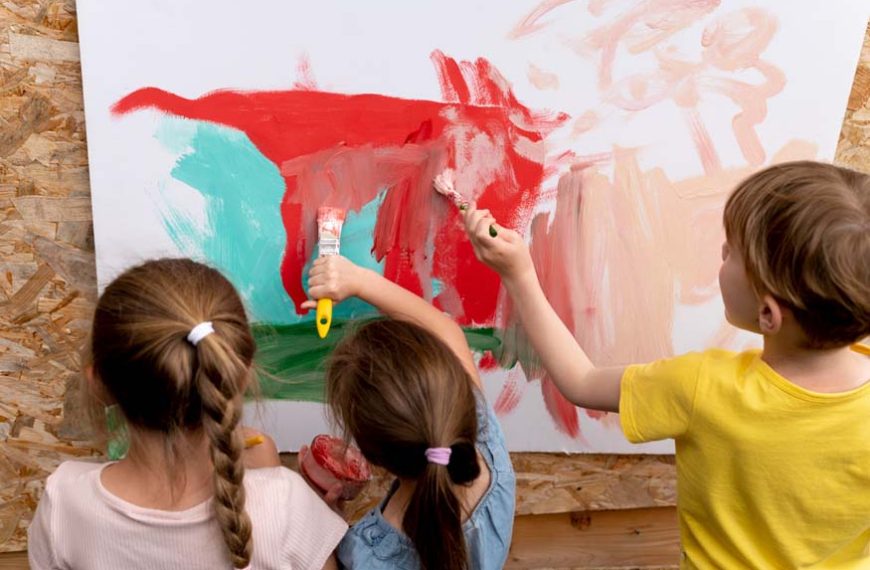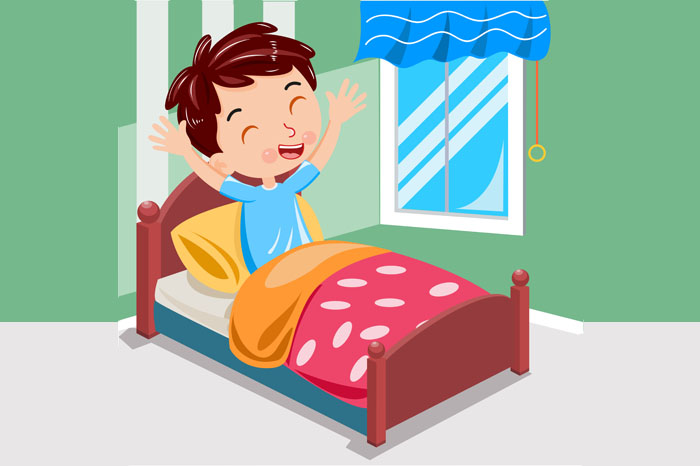Art festivals are creativity wonderlands that profoundly enrich children’s minds. These celebrations of visual innovation ignite young imaginations with vibrant colors, absorbing movements, intriguing textures, and thought-provoking commentary that engages the senses and intellect. More enthralling than any textbook, art festivals’ hands-on education sparks innate curiosity and makes abstract concepts tangible. As children interact with the boundless diversity of creative mediums and cultural perspectives on display, they build foundations for a lifelong relationship with the arts. Art festival exposure must be an integral part of childhood, planting seeds that cultivate creative growth.
- Sparking Inspiration and Nurturing Talent:
- Building Cultural Literacy:
- Sparking Conversations & Curiosity:
- Building Community & Belonging:
- Inspiring Environmental Stewardship:
- Building Confidence & Resilience:
- Incorporating Physical Activity:
From traditional paintings and sculptures to avant-garde light installations. As children’s eyes dart excitedly across these diverse works, their minds make neural connections about art’s endless possibilities. For budding creators, that first spark of inspiration may ignite from identifying with a piece they connect with. For all children, drinking in the community celebration of boundless creativity fosters artistic appreciation and self-expression. The exposure to art’s delightfully unexpected and boundary-pushing frontiers opens their minds and worldviews to the ever-expanding diversity of human innovation.
Art communicates ideas, concepts, emotions, cultural touchstones, political statements, and so much else. It serves as a unique lens into society. By exposing children to the range of artwork and artists that art festivals bring together, kids can absorb myriad perspectives and build cultural literacy. For example, art festivals may include works from distinct cultural traditions that offer windows for kids into how people from other communities represent their identities and experiences. Modern multimedia installations could reflect pressing societal issues that festival-going kids get to wrestle with and interpret. As art is so tied to culture and the human experience, art festival exposure helps kids step into the shoes of artists with different backgrounds than their own. This builds empathy and contextual understanding at a time when children are forming their worldviews.
The interactive nature of art festivals, with eye-catching works begging to be touched, questioned, and discussed, gets kids’ curiosity flowing. Children will bubble with questions about what inspired a piece, what it means, why the artist chose certain materials, and how it made them feel. Art lends itself beautifully to family conversations that strengthen bonds and let kids exercise critical thinking. By voicing their impressions, kids learn to support opinions, respectfully debate interpretations, and understand how the same piece can elicit different reactions. In the age of the internet and video games, spaces for meaningful face-to-face interactions matter. Art festivals motivate these intergenerational exchanges that develop children’s communication abilities and bolster familial connections. Kids carry these conversations with them long after, as thought-provoking works stay etched in their memories.
Unlike staring at paintings in a hushed museum, art festivals are vivacious public celebrations. The palpable excitement of creators unveiling their pieces, visitors admiring works, musicians performing, food vendors dishing delicious bites – it envelops attendees in a spirited atmosphere where children feel part of something thrilling. They belong to a community brought together by a shared appreciation for art. Seeing people from all walks of life drawn to the festival for inspiration fosters an inclusive environment for kids to be themselves. This communal spirit boosts well-being. Children also get to admire works created by young artists specifically for youth displays at many festivals. Identifying with these kid creators builds confidence in their own abilities. When children feel seen, accepted, and validated by a community centered on creative expression, it does wonders for their self-worth.
Art reflects culture, history, and current issues closest to our hearts. In the era of climate change, sustainability features heavily at art festivals as creators represent humanity’s relationship with nature. Children get exposed to eco-art made from recycled materials, nature installations sending environmental messages, and digital works visualization of climate data. Such exposure nurtures kids’ environmental consciousness during formative years when building a stewardship ethic matters greatly. Seeing artworks depict climate injustice or environmental destruction may instill in children an emotional sense of duty.
Meanwhile, hopeful nature art kindles optimism and rallying cries for youth environmental activism. Beyond subject matter, art fests themselves often model sustainable practices around waste, energy, transport, etc. This demonstrates to kids various paths for safeguarding nature’s future.
Getting to publicly display artwork at a bustling festival boosts children’s confidence exponentially. Through the thrill of seeing their own visions framed and hung for all to admire, budding artists gain the courage that their creativity matters. Even without displaying work, just attending festivals still empowers kids as they garner confidence in articulating thoughts on complex works or navigating crowds independently to discover pieces that fascinate them. The more children exercise self-direction in what they experience and process at festivals, the more their internal sense of resilience and capability expands. Feeling comfortable in new environments, talking to strangers about shared interests, navigating crowds – these require and build self-assurance. Festivals also foster resilience by demonstrating how creators courageously put themselves out there through self-expression. Children feel empowered knowing that becoming a great artist requires resilience despite criticism.
Unlike stationary museum exhibits, art festivals turn viewing art into an active adventure with countless works dispersed across sprawling grounds. All the walking children do from one exhibit to the next keeps their small bodies moving. This physicality keeps them engaged and focused as they hunt down one eye-catching installation after another. Active viewing allows them to burn through ample energy they would otherwise spend restlessly fidgeting at school. Plus, many festivals incorporate live dance, theater, music, or circus performances that invite kids to dance and play.
Moreover, some works involve interactive features for children to touch, climb on, walk under, pose with, etc. This stimulating environment ticks off key boxes for developing healthy, engaged learners. When schools incorporate art festival field trips, they harness all this kinetic energy productively into absorbing lessons outside the classroom.
What sets art festivals apart from standard arts curriculums is that in one single day, children can absorb the diversity of creative mediums and topics that might otherwise take months of classes to get exposed to. The sheer volume and range makes festivals powerful primers laying foundations for specialized future interests. A child moved by an environmental sculpture might later take eco-art classes. A kid enchanted by experimental photographs may eventually pursue photography. Festivals plant these initial seeds of fascination that, over the years, develop into refined passions. For some, a childhood art festival outing opened their eyes to lifelong vocations. What’s certain is the memories made during these stimulating outings stick with children for years as they cultivate their tastes and personal growth. Introducing festivals early lays the groundwork for a lifetime of creativity.
For more such interesting blogs, Visit EuroKids















